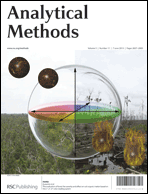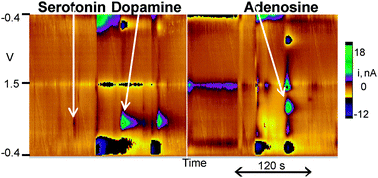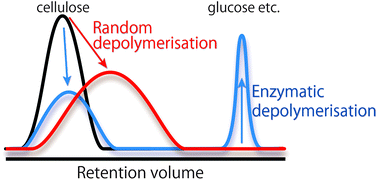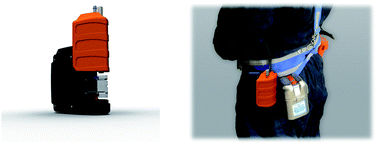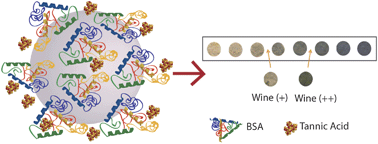A cheaper and safer to produce breath test for diabetes has been developed by scientists in Canada. The titanium nanoparticle-based sensor detects acetone, a biomarker of type 1 diabetes, even at 90% relative humidity.
 Diabetes is a chronic condition which requires life-long treatment and monitoring. Untreated diabetes can lead to dangerous complications, such as ketoacidosis. Diagnosing diabetes quickly can be life-saving.
Diabetes is a chronic condition which requires life-long treatment and monitoring. Untreated diabetes can lead to dangerous complications, such as ketoacidosis. Diagnosing diabetes quickly can be life-saving.
Commonly, diabetes is diagnosed and monitored through blood sample analysis. Acetone levels in breath can be measured by time-consuming and difficult-to-access gas chromatography and mass spectrometry. Other non-invasive breath sensors based on metal oxide semiconductors, whose conductivity changes upon acetone adsorption, are fabricated via unsafe and expensive flame pyrolysis. To be useful for diagnosis, breath sensors must be able to detect parts-per-billion levels of acetone from a complex mixture of breath components including water vapour.
To read the full article please visit Chemistry World.
Low cost acetone sensor with selectivity over water vapor based on screen printed TiO2 nanoparticles
Lucy Lulu Deng, Cindy Xinxin Zhao, Yiqun Ma, Sean Shangzhi Chen and Gu Xu
Anal. Methods, 2013, Accepted Manuscript
DOI: 10.1039/C3AY40373D











 Do you know how chemical scientists can tackle global challenges in Human Health? If so, the RSC is running a one minute video competition this summer for young researchers such as PhD and Post-doc students; get involved and innovate the way scientists share their research. Your video should communicate your own personal research or an area of research that interests you, highlighting its significance and impact to Human Health.
Do you know how chemical scientists can tackle global challenges in Human Health? If so, the RSC is running a one minute video competition this summer for young researchers such as PhD and Post-doc students; get involved and innovate the way scientists share their research. Your video should communicate your own personal research or an area of research that interests you, highlighting its significance and impact to Human Health.

